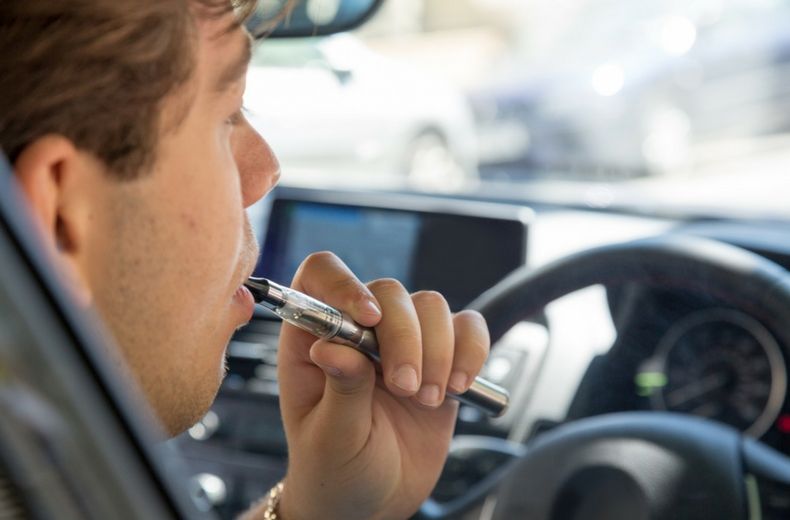Since the introduction of vaping as a promoted safer alternative to smoking, the trend has grown significantly, albeit not for the intended reason. Currently, a debate is raging over various issues related to the safety of vaping, yet not many consider the effect it can have on driving.
The CEO of MasterDrive, Eugene Herbert, says vaping creates several dangerous driving scenarios. “Vaping and driving can have physical and cognitive distractions and, sometimes, even physical impairment. Despite this, these considerations are not even on the radar of policymakers or law enforcers in most countries yet.”
Distractions
Similar studies have not been conducted on vaping, but it is estimated smokers are distracted for 12 seconds while lighting up a cigarette. “The same can likely be assumed of drivers reaching for vapes, particularly if you make use of one that is refillable. This does not even account for the distraction caused by not having both hands free to drive.
“In South Africa, distraction is worsened as it is not uncommon for vapers to have impromptu vape trick competitions at traffic lights. This exposes drivers to safety risks at intersections and removes attention from what is happening around them reducing ability to respond if something goes wrong.”
Research on vaping is still limited meaning there is no definitive understanding of its effect on concentration and coherence following a puff. “Thus, while we cannot predict the effect the chemicals have on different people’s brains, there is research showing some people are impaired enough that it affects their judgement.
“For those that add cannabis to their vapes, it goes without saying they are in no state to be driving. Smoking cannabis (other legal concerns aside) slows reaction time, impairs judgement and decreases coordination,” says Herbert.
Physical impairment
The vapour from vapes is thicker than smoke. Additionally, some vapes use ingredients that make its vapour even thicker. “The impairment to visibility can be significant, reducing the time a driver takes to identify possible obstacles and, consequently, the time to take evasive action. This is further exacerbated at night.”
Additionally, vaping is currently in the spotlight because of a lack of regulation regarding nicotine content. “This means there can be considerably more nicotine in a vape than what is stated on the label. High levels of nicotine can cause light-headedness – not an ideal scenario for someone operating a vehicle.
“Increasingly individuals are being rushed to hospital with collapsed lungs because certain ingredients in vapes can be toxic to lungs. If a driver is vaping and driving and experiences this medical emergency, the results could be catastrophic.”
The solution
Awareness of the risk associated with vaping while driving need to occur in all spheres of society. “Policymakers need to investigate the potential role vaping can have in causing crashes and develop legislation to address this.
“Organisations should include rules on vaping and driving in their safety policies. Lastly, individuals need to take these risks seriously and make their own commitment to save the vaping until their arrival,” says Herbert.
